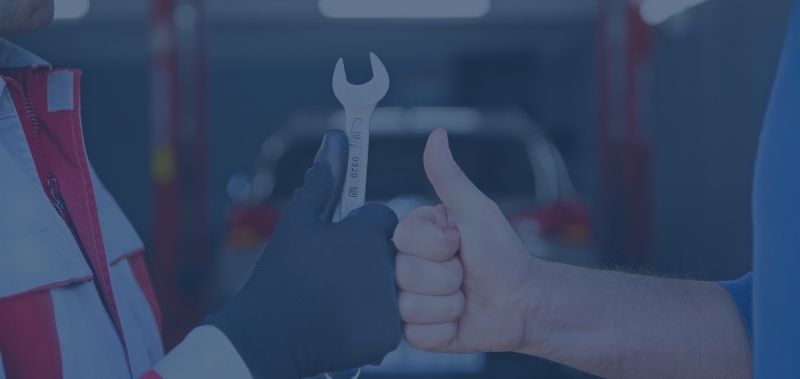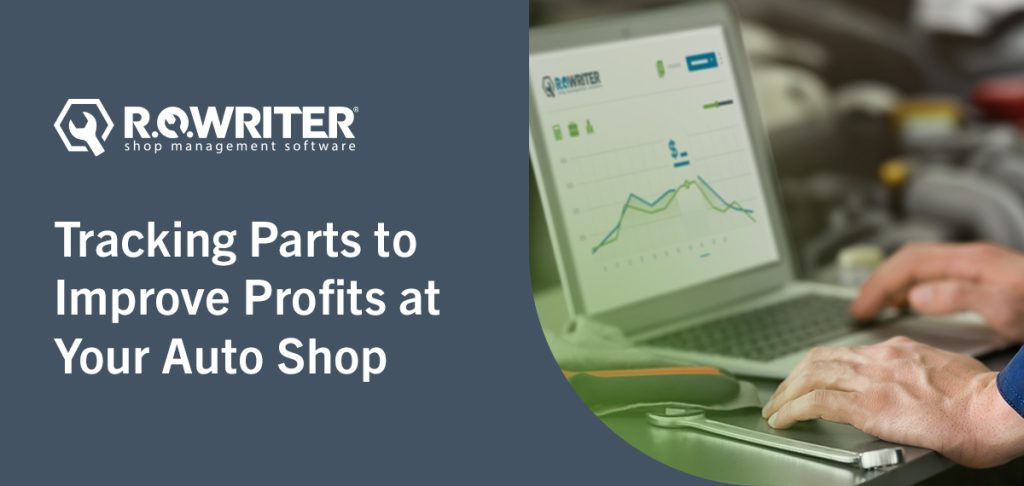Regardless of how successful your shop is, it’s always a good idea to focus on solidifying your relationships with your existing customers and bringing in new ones. There are a lot of ways to reach those customers, but with everyone spending so much time online these days, between the Internet and social media, you definitely want to focus some of your efforts there.
In this article, we’ll focus on social media.
Social Media
With more than 5 billion users worldwide, social media is an integral part of our daily lives. Social media users have grown to trust and rely on their preferred social networks for everything from news and entertainment to product research to recommendations for local businesses. Social media can be an important tool to build awareness and trust for your business, but you need a plan.
Choosing Your Platform
Facebook is still the leader among social platforms, with over 3 billion active users. That popularity, and the fact that most content formats work well on Facebook (from simple text to images and video) make Facebook a good place to start for social media. Instagram is also one of the most popular social platforms, and it is owned by the same parent company as Facebook (Meta) so there are advantages to having both. With Meta’s Business Suite, you can create a single post and have it sent out on both your Facebook and Instagram pages. Of course, it’s also a good idea to see what your local competition is doing, especially the successful shops in the area. Are they taking advantage of social media? If so, what platforms are they on, and how are they using it?
What to Post?
Just creating a social media presence isn’t enough. You have to produce content that will appeal to potential and current customers. You want people in your community to think of your shop as experts in automotive repair and maintenance, and someone they should trust with their family’s vehicles. A great way to do that is content marketing. Through social media, and utilizing RO Writer’s text and email capabilities, you can send regular updates to your audience, but the goal is to share content that they will find interesting, useful and relevant. If you barrage your audience with promotions, always trying to sell something, you run the risk of turning them off. A good rule of thumb is the 80/20 rule: 80% of your posts should provide value to your audience (whether educational or entertaining), while 20% promote your shop. Your goal is engagement: if people interact with your posts (clicks, likes, shares) it’s a good sign that they value your content.
Examples of possible content include:
- Educational content: “The Benefits of Regular Auto Maintenance” or “How Tire Wear Affects Performance”
- Car Care Tips: “Prepare Your Car for Winter” or “When to Replace Your Wipers”
- Videos from the Shop: If you have technicians who are comfortable appearing on camera, you can have them give updates, or short how-to’s and tips. This helps put faces to the folks who are working hard on your customers’ vehicles. You can also have fun with these, they don’t have to always be serious.
- Testimonials: whether it’s a video or a photo and story, testimonials from happy customers are powerful.
TIP: Any time you feature a customer in anything promotional for your shop, it’s a best practice to have them sign a waiver that they give you permission to use their name and likeness.
- Promotions: You can include special discounts and offers, just don’t overdo it, or you risk having your audience unsubscribe or unfollow you.
Targeted Social Media Advertising
Once you’ve got your social media plan in place, you could also consider paid social media advertising campaigns. Social media advertising can be images or videos, usually with a tag like “sponsored” or “promotion.” If you’re on social media, you’ve surely seen them. Some small businesses get great results from targeted social media ads. They have some real advantages: you can target a very specific audience, see how much people interacted with your post (clicks, likes, shares) and easily calculate your return on investment (ROI). As with your overall social media presence, you should have a plan. Things to consider:
Your goals: Are you trying to expand your audience, build awareness of your shop, drive traffic to your website, or even get people to make an appointment?
Your budget: You can start social media advertising pretty inexpensively, but always know what you’re willing to spend.
Your target audience: With Facebook and Instagram, you can target by demographics: location, age range, gender, education. You can target based on behaviors, interests and engagement (have they interacted with your pages or posts). You can even target by values, like innovation or sustainability.
Your ad: Will it be a simple image and copy, or a video? What are you trying to promote? Do you have an offer?
TIP: Whatever the goal of your ad, be sure you have a clear call to action button they can click. Whether it’s “Contact us,” “Visit our website” or “Make an appointment today,” make it obvious what you want your audience to do.
With Facebook and Instagram, you can also “boost” one of your regular posts. That means you pay to show your regular content to an audience outside of your followers, which helps you expand your reach and hopefully build your following.
TIP: Give boosting a shot with one of your more successful (high engagement) organic posts. You can target those at very specific audiences as well.
If all of this seems a little too involved, you can certainly hire an expert to help you build and execute your social media advertising plan, as long as your budget supports it. But before you do, know that Meta has extensive instructions and tutorials to help you get started.
Now that you’ve got your social media under control, in our next post we’ll look at how to make sure your website is optimized to bring in new customers.



